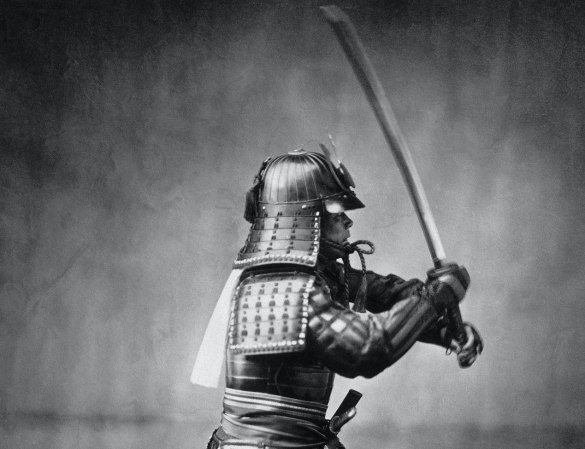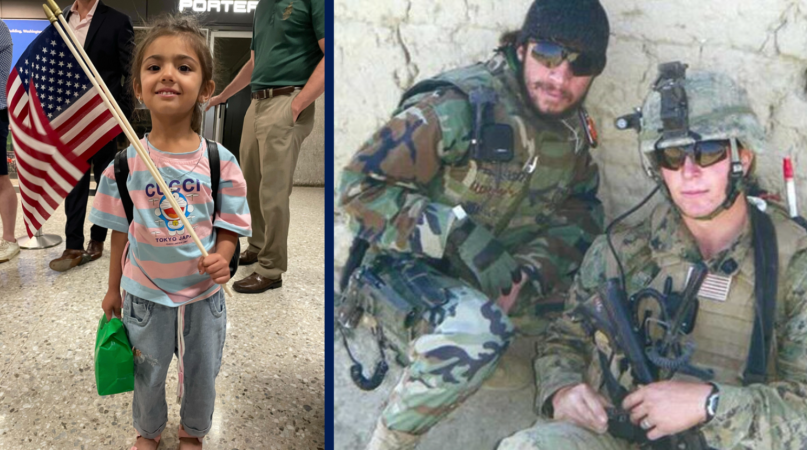While the Marine Corps has developed a well-earned reputation as a fierce opponent on the battlefield, that reputation wasn’t cultivated by only recruiting tenacious warfighters. Like every branch, the Marine Corps’s new recruits represent a cross-section of the American people, with men and women of varying ages and widely diverse backgrounds funneled into a training process that can be so grueling and difficult, some have referred to it as a “meat grinder.” For the rest of us, this training process is called the “accession pipeline,” – where kids from the block enter, and occupationally proficient professional warfighters emerge.
All Marines earn a tan belt in the Marine Corps Martial Arts Program before completing recruit training, and while that’s akin to earning a white belt in most martial arts disciplines, the Marine Corps is one place where your ability to actually use your martial arts training in a fight is considered the priority.

Martial arts in the Marine Corps is not a means to develop one’s self-esteem, a fun way to get active, or even about learning self-defense in bar fights. The Marine Corps Martial Arts Program (MCMAP) is, in many ways, an abbreviated introduction to the most brutal parts of warfare: where death is the most likely outcome, and the struggle is merely to decide which of you it comes for. While the techniques taught in the earliest belts (tan and grey) may seem simplistic, the intent is to provide all Marines with the basic building blocks required to bring others to a violent end, and of course, to try to prevent others from doing the same to you.
And if you want to win a fight, one of the first things you need to learn how to do is stop your opponent from force feeding you his fists. Hands have a nasty habit of moving faster than heads, so the boxing method of bobbing and weaving away from incoming strikes isn’t a feasible introduction to defense. Instead, the Marine Corps leans on the same approach to a rear hand strike as it would an ambush: once you see it coming, you attack into it.
The rear hand punch tends to be the most devastating of upper body strikes, and it can manifest in a number of ways. The same fundamental mechanics of using your legs and torso to swing your rear fist like a hammer at your opponent can make a right cross powerful enough to send you reeling, or give a hook the weight it needs to break a jaw. So when you see it coming, the appropriate response is to step into it at a 45-degree angle, closing the distance between your opponent and yourself, muting some of its delivery and re-orienting the point of impact on both your body and the arm of your opponent.

As you step into your opponent’s extending arm, your hands should already be raised to protect yourself. Make contact with the inside of your opponent’s swinging arm with the meaty portion of your left forearm while keeping your right hand up to protect your head. Once your left arm has made contact with your opponent’s right, his punch has been defused, but worse for him, his rear hand is now extended out to your side, leaving his head and torso open and undefended on that side.
At that point you can quickly wrap your left arm around your opponent’s extended arm at the elbow joint, creating a standing armbar you can use for leverage to deliver hammer strikes to your opponent’s face and head. You can also transition toward further joint manipulations, or you may maintain control of the arm and sweep your right heel as you drive your opponent to the ground, landing him face down while you maintain an armbar or basic wrist lock. For any but the most motivated of opponents, just about each of these results could feasibly be the end of the fight.

The important elements of this technique to master are simple, but fast-moving. Look for your opponent to telegraph a rear hand or round punch with their dominant hand. As they begin to throw it, step forward and into that punch, meeting your opponent’s arm with your own (if they throw a punch on your left, your left arm makes contact, on the right, your right arm does). The force of that impact alone should be enough to knock them a bit off balance, and all there is left to do is follow up with at least three techniques meant to harm or subdue the attacker.
And of course, if you’re in a multiple opponent situation, it’s imperative that you maintain situational awareness and create separation from your attacker as quickly as possible to prepare for the next attack. But if it’s just you and him… feel free to wrench on that arm a bit as you wait for law enforcement to arrive–ya know, just to make sure it doesn’t do him any good in lock up.


























